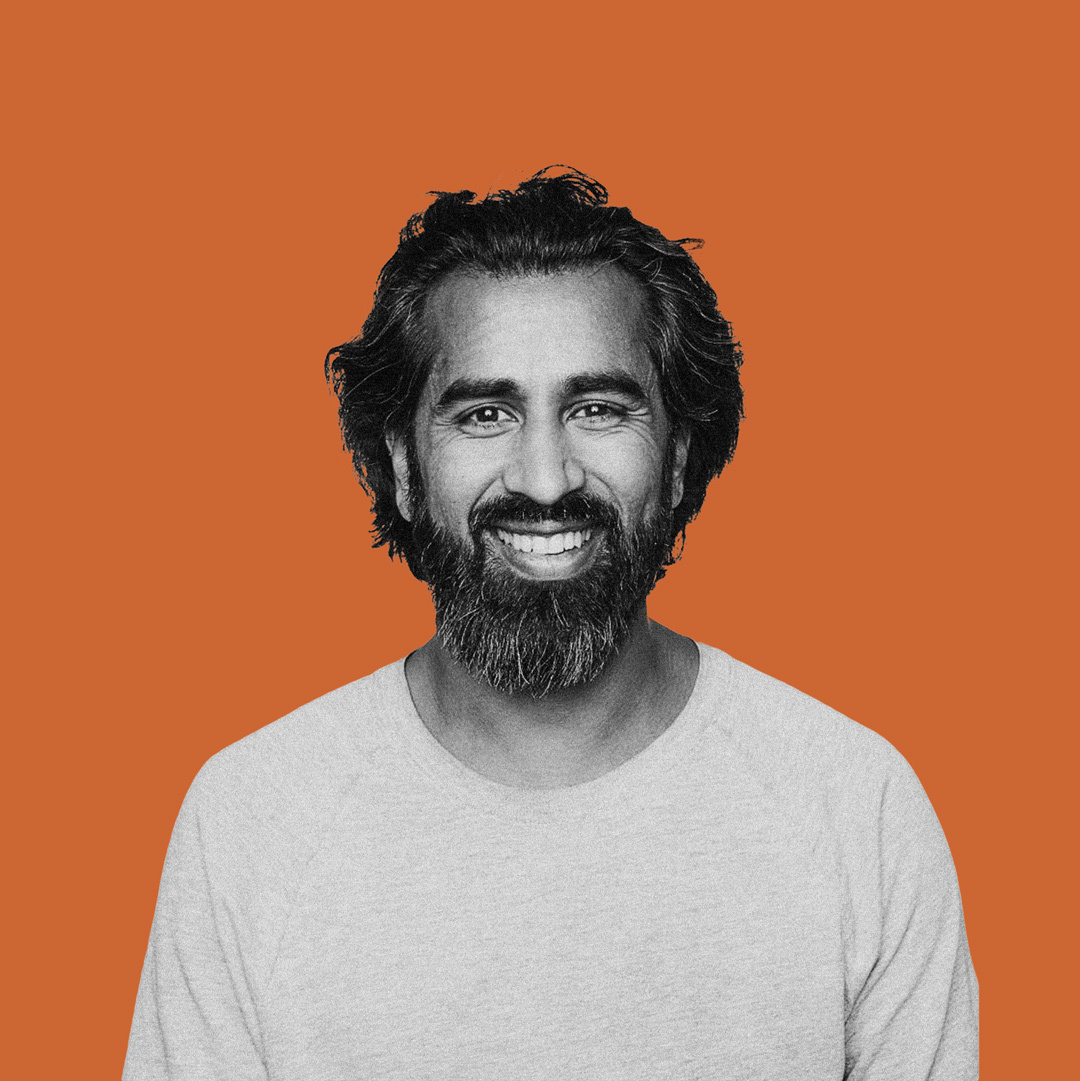Fredrik Lindstål
Chairman of the Board of Stockholms Hamn AB – Ports of Stockholm
Complete testimony
| Min. 21:30 | [In Stockholm] these massive port areas that used to be the old container port are changing. Some hurdles that had to be overcome were to figure out which functions need to be there today, from a port perspective, and which functions need to be there tomorrow. […] We had to find a mix, for instance building offices to work as noise barriers to build housing behind them.
Fredrik Lindstål
Chairman of the Board of Stockholms Hamn AB – Ports of Stockholm
| Min. 25:30 | Large operators are actually thinking in these terms [of new innovation spaces] and see the synergy of sharing space with like-minded companies. It doesn't just have to be [sharing a space in a] physical aspect, it can be about the intellectual aspect as well.
Fredrik Lindstål
Chairman of the Board of Stockholms Hamn AB – Ports of Stockholm
| Min. 43:45 | The ports of Stockholm will be carbon free by 2030 and emission free by 2040, completely. But we can do more. This is a mission that we can embark on together with the other ports of the Baltics. The real game is to look beyond your borders. And if you can have that. For instance, if you collaborate with the shipping industry for electrification and for a sustainable fleet [of your own], you can have a fully electrified fleet in the Baltics, quite a lot sooner.
Fredrik Lindstål
Chairman of the Board of Stockholms Hamn AB – Ports of Stockholm
| Min. 46:08 | [Ports] should push themselves to innovate and not blame technology. Plan for what you hope to do in the future, not just in 2040, but in the near future: work together with the municipality, but also from a national point of view, and with the EU.
Fredrik Lindstål
Chairman of the Board of Stockholms Hamn AB – Ports of Stockholm
Bio
Stockholm based entrepreneur, placemaker and politician, currently serving as chairman of the board to the ports of Stockholm. My professional mission is to create inclusive, democratic and vibrant cities & regions. At its core, city planning is about connecting people and creating lovable, livable and workable spaces. With an intersectional approach and a primary focus on culture, my ambition is to drive this development forward to curate and create spaces for the future.
